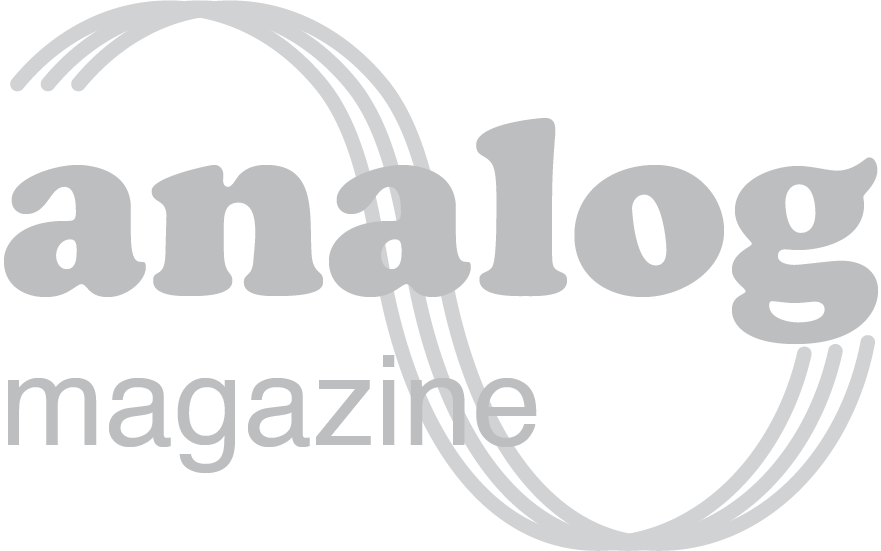
Marc Avila Català
Where?
Oct 03, 2022
Marc is a photographer and artist who works on topics such as urbanisation and territory degradation and the consequences on the affected communities. In his seres ‘Were?’, Marc reflects on the urban expansion, and the particular environment that is created when the rural and the urban meet. Using an anonymous lonely character, Marc invites us to think about how this expansion affects the environment, our psyche and our bodies, and what the future consequences of this new world landscape can be. Furthermore, intervening the images with photo-chemicals and other substances, the artist emphasises the destructive nature of the urban expansion.
First of all thank you very much for your contribution to our project. Can you please introduce yourself for us?
My name is Marc Ávila Català, I'm 30 years old and live in Barcelona. Since very young, I have been attracted to the image world. After high school I began studying a medium and higher degree in audiovisual communication specializing in photography direction at ITES school in Barcelona (2013). Later, I continued my studies in Fine Arts at the University of Barcelona where I was able to specialize in pictorial techniques and analog photography (2019). Once I finished my university degree, I wanted to continue my academic journey with a master's degree in Contemporary Film and Audiovisual Studies at the Pompeu Fabra University in Barcelona (2021). Trying to complement in this way, an academic journey that would allow me to know a wide range of references within the visual culture, focusing on media such as painting, photography or film. Now, I combine my artistic practice based on Fine Art Photography with a professional career focused on the audiovisual industry.
How did you start in photography?
My love for photography started as a child. Obsessively, without any rational explanation, I started saying at home at the age of 7 that I wanted to be a photographer, then my parents decided to give me an analogue reflex camera. From then on, the camera became an extension of my body, obsessively capturing my environment, my interests until now. My obsession for photography went further and at the age of 14 I saved some money and I set up my first photo laboratory (darkroom). Since then, wherever I have a studio I always set up a space where I can develop my photos.
What is 'Where?’ about?
‘Where?’ is a photographic project based on disorientation as a psychic phenomenon produced by the absence of geographical sense in the territory. The photographic series forms a visual story that presents the loneliness of an anonymous character passing through the limits of the contemporary urban landscape. A peripheral landscape without limits, where the terrain becomes a homogeneous and uniform flow.
Nevertheless, the periphery becomes a fertile territory of meaning, where the three juxtaposed times are continuously conjugated: past / present / future. It is a mirror-territory, which, like an open book, conjugates multiple semantic values. That is why the aleatory and mutant nature of urban periferic landscapes, becomes the best indecipherable reflection where the identity of contemporary societies is expressed and portrayed.
An urban context that, according to historian Françoise Choay, leads to a "post-city" world. Where urban expansion on a planetary level leads to a progressive disappearance of limits. A new space world that, gradually, makes the sense of place disappear in the individual who lives immersed in a tentacular and rhizomatic landscape.
What are the main processes that you use to intervene your images?
The concentrated matter in the photographs is a combination of the same chemical residue generated in the photographic laboratory with certain pictorial processes. The final image is the result of a photographic metabolism that describes a living process of chemical alteration that progressively transforms the photographic support.
In this way, the photographed landscape is continuously threatened by a destructive force that imminently contaminates the habitat of the represented individual. In a way, the images serve as a vehicle for reflection where the destructive process suffered by the urban fringes today is represented. A territory transformed by a global economic model based on a destructive and expansive development. In the midst of this productive logic, we find this static individual who seems to question the notion of progress inscribed in industrialized societies.
What inspires your work in general?
The first source of inspiration is autobiographical. The fact that I grew up in a peripheral environment where one of the most important industrial areas of Spain is located was the first reason to be interested in this territory. My school was located less than 10 km away from a large petrochemical plant dedicated to produce polyvinyl chloride (PVC). This product is a polymer obtained by an industrial process known as mercury electromagnetic cells. At the end of 2017, the European Union decreed a law banning this process because of the high concentrations of mercury near the territory where this type of industry was located.
When I was a child, I remember that the school organized drills. As if we were suffering from a bombing, sirens would sound in the distance to announce that a hypothetical toxic cloud produced by the neighboring chemical plant was approaching. This kind of memories and the continuous coexistence with these peripheral environments are the most visceral and direct references that inspire my work. From here I try to build a dystopian visual world. Where an anonymous character survives and tries to give testimony to an industrially dehumanized world full of hostile forms.
Who are your favourite photographers / artists?
My list of references make up a large constellation. Conceptually, my work is inspired by thinkers such as Marc Augé or Ignasi Solá de Morales and their reflections on Non-lieu or the Terrein Vague. Recently, I have been frequenting Gilles Clement and his notion of the third landscape to categorize these borderline or residual spaces.
Aesthetically ‘Where?’ finds resonances in multiple references. For example, the photography of Andrei Tarkovsky's film Stalker or the painting of the German Anselm Kiefer where there is also a certain beauty in the decay of hostile landscapes where the characters or the spectator walk attracted by a threatening force or gravity. Evidently, the interest in industrial spaces leads me to cite the Becher couple, although their scientific rigor in photographing these spaces is far removed from the drama and viscerality that my images express. Another evident reference in my work is the romantic painter Friedrich, where the character that embodies the ‘Wanderer above the Sea of Fog’ is transferred in my photographs to an anonymous individual who faces a raw landscape where all Kantian sublimity has dissipated with the fog showing the contemporaneity and its contradictions.
What is your favourite photobook?
I am interested in the French photographer Noémie Goudal and her photographic interest between the contemplated landscape and the individual. Where emerges a tension between the natural and the artificial, the organic and the inorganic or amnesia and memory. That's why I'm going to mention her photo book SOULEVEMENTS.
Thank you very much for your time and your contribution to analog magazine.
All images © Marc Avila Català

















